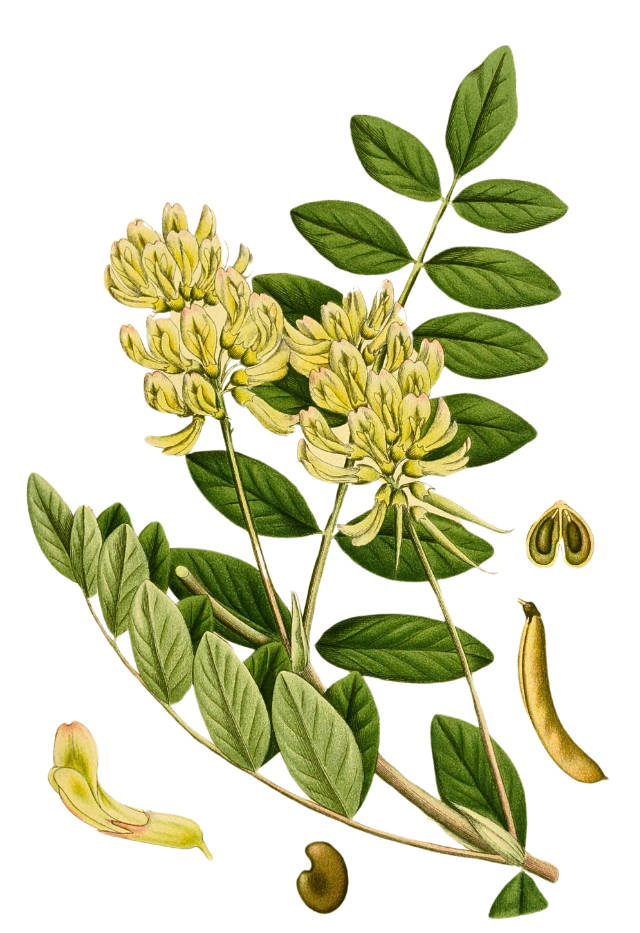What is Nitrogen Fixation?
Imagine the air around us as a vast, untapped resource, significantly when growing plants. Nitrogen, a critical element in the air, is like a treasure trove that most plants can’t access. That’s where Plant Nitrogen Fixers, a superhero team of plants, come into play. These plants have an extraordinary power: they can convert atmospheric nitrogen (N2) – which plants can’t use – into a form they can absorb, like ammonium (NH4+) or nitrate (NO3-). But these plants don’t work alone; they work with nitrogen-fixing bacteria living in their root nodules to perform this incredible task.
Why are Nitrogen Fixers Important?
- Natural Fertilization: By turning air into an essential nutrient, nitrogen fixers act as natural fertilizers, making the soil richer and reducing the need for chemicals.
- Soil Fertility Boost: They’re like soil superheroes, replenishing it with nitrogen to benefit themselves and their plant neighbours.
- Eco-friendly Crop Rotation and Companion Planting: Farmers use them in rotation or alongside other crops to maintain soil health, reducing the need for artificial fertilizers.
- Sustainable Agriculture Champions: They’re all about keeping farming in harmony with nature by fostering a renewal cycle.
- Attracting Garden Allies: Certain nitrogen-fixing plants also bring in helpful insects, promoting a balanced ecosystem.
Examples: Peas, beans, clover, alfalfa, black locust, and alder trees are all part of this fantastic group.

Understanding Nutrient Deficiencies
Sometimes, despite our best efforts, plants don’t thrive. They might need more essential nutrients because the soil is poor, or conditions like extreme pH, dryness, or waterlogging hinder nutrient uptake. Important nutrients include nitrogen, phosphorus, and potassium (from the soil) and carbon, oxygen, and hydrogen (from the air). Adding fertilizers can help, but knowing what your plants are missing is crucial.
Spotting and Fixing Nitrogen Deficiency
- Symptoms: Look out for spindly yellow plants or yellow leaves, sometimes with pink tints.
- Cause: Nitrogen is vital for green, leafy growth. Its deficiency, often due to being washed away by rain, results in yellowing and stunted growth, evident in spring.
- Remedy:
- Long-term: Mulching with organic matter, like well-rotted compost or manure, can gradually stabilize nitrogen levels.
- Short-term: Applying high-nitrogen fertilizers, such as sulphate of ammonia or poultry manure pellets, offers a quick fix.
Key Takeaways of Plant Nitrogen Fixers
Nitrogen fixers make gardens and farms more productive, eco-friendly, and resilient. They remind us of the importance of sustainably working with nature and utilizing the resources around us. Understanding and addressing nutrient deficiencies can ensure our plants grow healthy and robust, supporting a thriving ecosystem in our backyards. See the RHS website for more on plant deficiencies.
